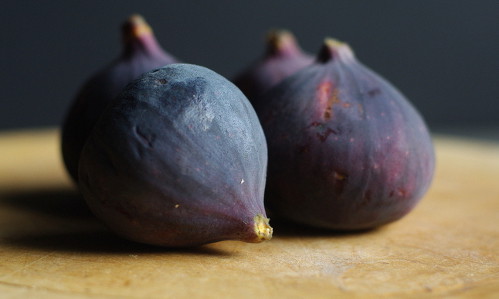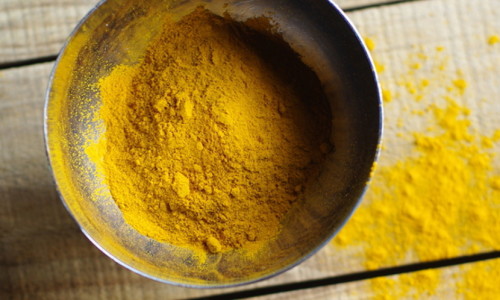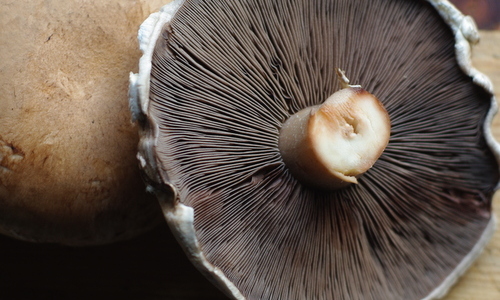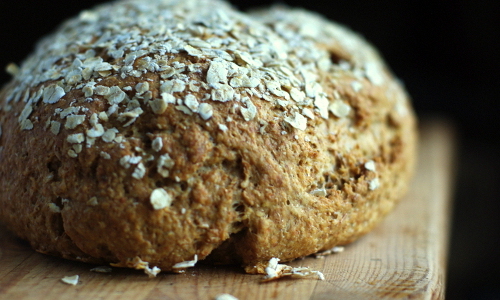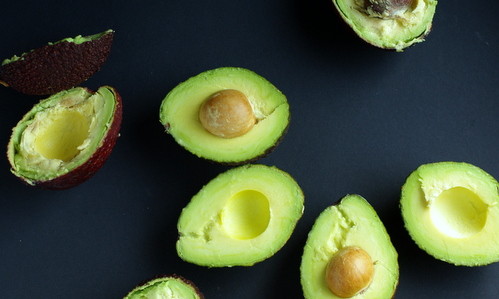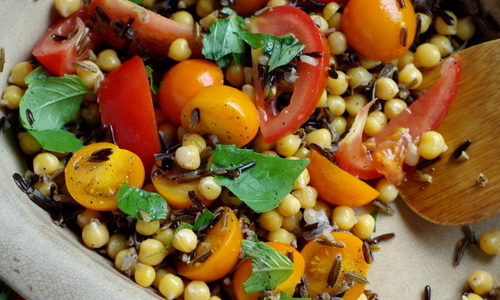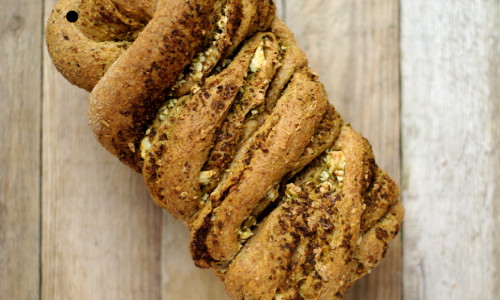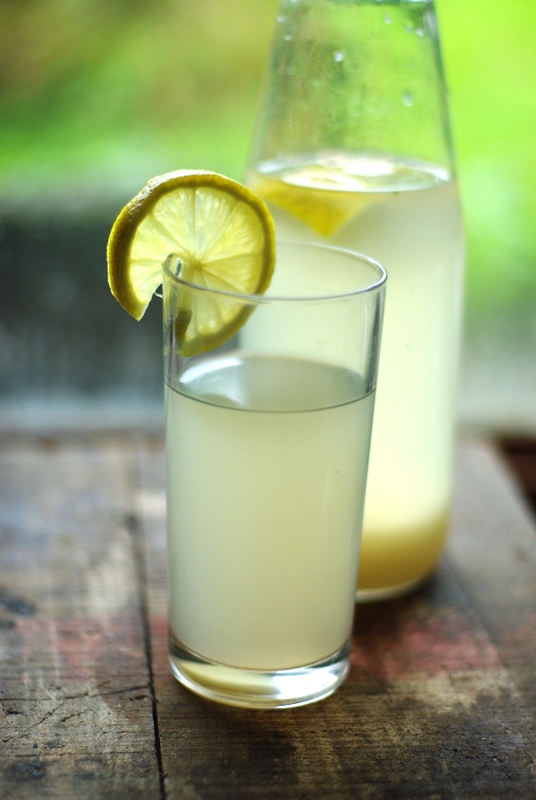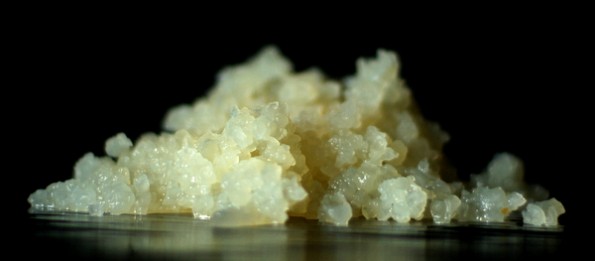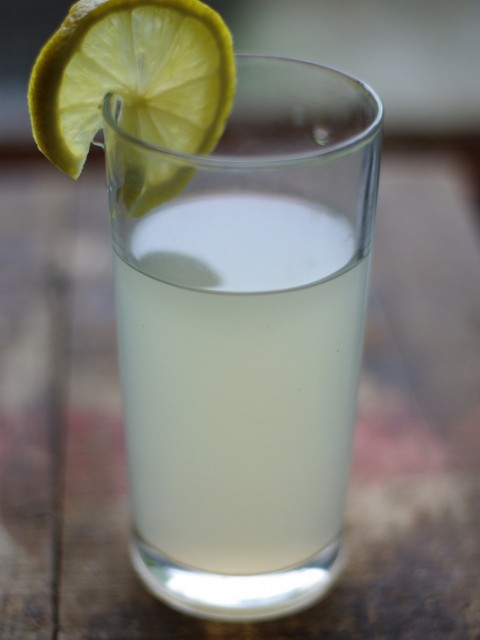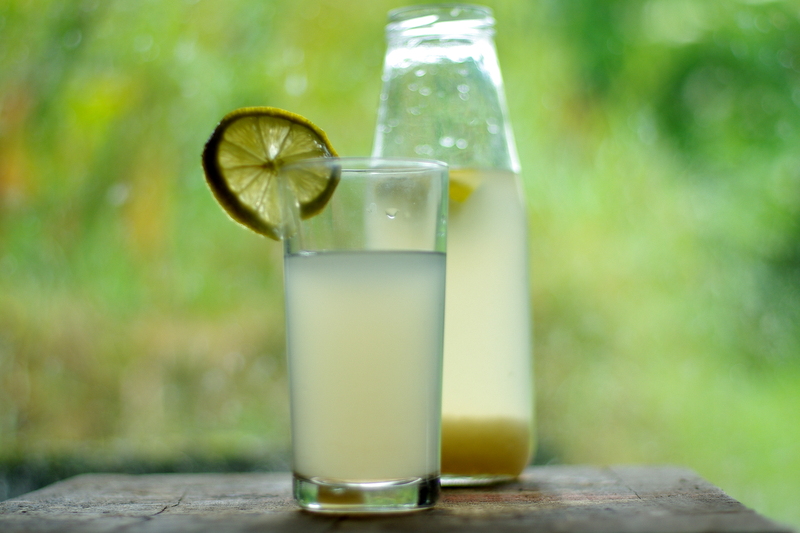A few weeks ago I saw an add on the local classifieds for someone giving away water kefir grains. Water kefir? What on earth is water kefir? I have wanted to try making milk kefir for a while, I have an ongoing love affair with yogurt, and the idea of a milky yogurt-like drink appeals greatly, but I had never heard of water kefir. I was instantly intrigued.
I contacted the advertiser and the next day found myself at her place with my jar, the life of her kefir grains passing onto my shoulders. Kefir is a living thing and needs to be properly cared for, so after getting instructions from her and heading to the car with accumulating gas already pushing the lid from my too-small jar the responsibility was sinking in.
Did you ever have to do that assignment in high school wherein you’re paired up with a “spouse” and told to care for an uncooked egg between you for a week (this is meant to somehow prepare you for parenthood, though as I recall my egg never had a tantrum because I’d made the preposterous demand that it go to bed…nor did it delight me with its undying imagination and wit)? Kefir grains in hand I suddenly had the distinct feeling of being back in grade ten being handed my egg… hadn’t I just kill a sourdough starter a week or two before?
So why do it and what is it?
According to Wikipedia water kefir (known by loads of other names, one of them being tibicos): “Tibicos are a symbiotic culture of bacteria and yeasts held in a polysaccharide biofilm matrix created by the bacteria. As withkefir grains, the microbes present in tibicos act in symbiosis to maintain a stable culture.”
In other words, it’s a great source of probitotics, plus it creates a good for you carbonated drink! Healthy soda!!
Like its fermented food and drink counterparts, water kefir has loads of health benefits. Among other things it’s anti-inflammatory, contributes to healthy digestion, cleanses the liver, can help to regulate hormones, increases your energy and generally makes you feel really good. It’s been used in traditional medicine around the world for centuries.
I was also reading today that you can use it on your skin and hair, and that doing so will improve your complexion and give you shiny locks. It’s also said to be great for treating skin conditions like psoriasis and eczema. (Note: I’m no doctor and this is all based on research that I’ve done on line, so if you’ve got something going on, best to get it checked out properly first)
What do you do with it?
The things that water kefir needs is sugar and, well, water. You put the grains in sugar water, often with a piece of citrus fruit, leave it to ferment at room temperature covered with a cloth for 24-48hrs, then strain, bottle the water, and start again with your grains. The internet is filled with various methods, amounts, and tips, so it’s well worth doing a bit of research.
I’ve not been bothering too much with precise amounts and things as I generally feel that if you don’t know what you’re doing, then experimenting a bit could give you the best results. My recipe so far has just been tap water (Our water is from a spring up the hill behind our house so doesn’t have any chlorine in it. A common thing that I’ve come across while researching is if you’re tap water is chlorinated it’s best to filter it or use bottled water as the chlorine will kill the bacteria.) some brown sugar or molasses, a quarter of a lemon (just cut into two halves and thrown in whole) and a few bits of dried fruit. Most of the methods that I’ve found suggest adding some dried fruit as the kefir benefits from the nutrients and natural sugars they contain.
It seems a little counter-intuitive to make a drink based on sugar water as a healthy option, but the sugar is there to feed the bacteria, and if you’ve fermented it properly 80-90% of the sugar will be gone. This leaves a slightly sour drink in the end, which kind of reminds me of tonic water (come to think of it, I wonder how closely related it is to tonic water…). If it’s too sweet when you go to drink it then it’s probably not fermented enough.
A couple of things that I should mention:
- Don’t use honey to feed it. You can use almost any kind of sugar-y stuff, but honey is naturally anti-microbial so could kill your kefir. Coconut water is supposed to work really well, just add the grains to it in place of water.
- The kefir can be damaged by prolonged contact with certain metals so it’s best to store it in plastic, glass or some kind of pottery. Stainless steel seems to be alright so using a stainless sieve is probably OK, but if your not sure then just use something else. I’ve been nervous about our metal sieve so have been lining it with an old tea towel before straining.
- When you bottle it the liquid will continue to ferment giving it more carbonation. Make sure you don’t put a tight lid on it as your bottle would eventually explode.
- If you leave it for too long your kefir will become vinegar. If this happens don’t ditch it though as this is apparently wonderful to use in your hair, or as a household cleaner.
- As your kefir works the grains will multiply. If you find yourself up to your elbows in them there are a few things you can do. Eating them directly is meant to be really good for you (I haven’t been able to bring myself to do this yet as the thought of it kind of grosses me out), give them away, maybe friends or neighbors will want to give kefir a try, try using them to ferment other stuff like veggies, I read that you can even start sourdough with it!
- The fermentation process creates alcohol. In normal water kefir it is said to be no more than in an over ripe piece of fruit, but if you try fermenting fruit juice directly it will become boozy… an important thing to note before giving it to your kids.
I’m right at the beginning of my adventures in water kefir so, like I say, I really don’t know what I’m doing. I will keep you posted though on my culture (provided I haven’t killed it already). I’ll also let you know if I build up the courage to eat some of the grains, and definitely when I try using to ferment some dough. If you’ve got any stories or insights about kefir or fermentation in general I’d love to hear them! And if anyone in Shetland wants some grains to give it a shot, stop along!! (again, provided I haven’t killed them yet)

